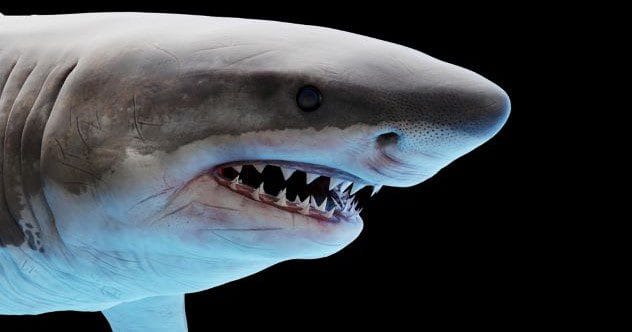We humans like to think we’re the bee’s knees when it comes to inventing things. We strut around with our smartphones and high-tech gadgets, but guess what? Nature was doing it first, and often better! For ages, plants, animals, and ecosystems have been perfecting designs that we’re just now catching up to. Get ready to have your mind blown by these natural trailblazers.
So, let’s tip our hats to Mother Nature, the original inventor. Here are ten times nature was way ahead of us!
Air Conditioning
While we crank up the AC and still sweat, termites have been living the cool life for millions of years. Termite mounds act like natural air conditioners. The temperature inside stays just right, no matter how hot or cold it gets outside. They’ve got vents and channels that let air flow and keep the humidity perfect.
Engineers have copied this design to make buildings that use less energy. These buildings have better airflow and temperature control, all thanks to the tiny architects. Termites were into green energy before it was even a thing!
Internet Networks
Before we were all fighting over the Wi-Fi, fungi were running their own underground network. These networks, called “Wood Wide Web,” let fungi and plants talk to each other.
Plants share food, send signals, and warn each other about dangers using these connections. Trees are basically texting each other under our feet! So, next time your Wi-Fi is slow, remember nature had this networking thing down long ago, and it doesn’t need a reboot.
Hypodermic Needles
Think needles are a modern medical marvel? Think again! Their design comes from mosquitoes. Those annoying backyard vampires have a super-advanced needle that scientists have copied to make better injection technology.
The mosquito’s proboscis pokes into your skin without you even feeling it. It has tiny serrated edges, it’s flexible, and it even uses a numbing agent! This has led to breakthroughs like microneedles that could change how we get medicine and vaccines. Pretty impressive for a pest, right?
Waterproof Coatings
The lotus flower is famous for its water-repellent skills. Water just slides right off, leaving it clean and dry. It’s like a celebrity dodging the paparazzi!
This is because the lotus leaf has a special surface with a waxy coating. This makes water droplets bead up and roll off, taking dirt away. This “lotus effect” has inspired waterproof jackets, self-cleaning windows, and stain-resistant fabrics. So, thank the lotus leaf next time you spill coffee and stay dry!
Traffic Flow Systems
Ants have been managing traffic for millions of years, without traffic lights or road rage. Their colonies have millions of ants, and they move around with amazing efficiency. They use chemical signals called pheromones to talk to each other.
These pheromones help ants map out paths, avoid jams, and keep a steady food supply. City planners have started studying ants to make smarter traffic systems. Who knew these tiny creatures were the real road warriors?
Velcro
Velcro is everywhere, from shoes to backpacks to astronaut suits. But it all started with burdock burrs. These are those pesky seed pods that stick to your socks when you walk in the woods.
In the 1940s, Swiss engineer George de Mestral took his dog for a walk and got covered in burrs. He looked at them under a microscope and saw tiny hooks that grabbed onto fabric. He created Velcro based on this design. It’s like the burrs transformed into one of the most useful inventions ever!
Adhesive Technology
Geckos can climb walls and ceilings without falling. They don’t use glue or sticky stuff. Their feet have microscopic hairs called setae. These hairs create a huge surface area that lets them grip without any adhesives.
Scientists have copied this design to make gecko-inspired adhesives. These are used in robots, medical devices, and even climbing robots. So, “gecko tape” is actually based on nature’s blueprint!
Antimicrobial Surfaces
Sharkskin isn’t just sleek, it’s also germ-fighting. The surface has tiny ridges that stop bacteria from sticking. This keeps sharks clean in a germ-filled environment.
Researchers have copied sharkskin to make antimicrobial surfaces for hospitals and medical tools. These surfaces help stop the spread of infections. Sharks are living their best germ-free lives, like they’re in a bacteria-free spa!
Efficient Lighting
Fireflies light up the night with their bioluminescence. They do it without wasting any heat. It’s super efficient! They use a chemical reaction that emits almost no energy as heat.
Scientists have studied this to improve LED technology and other energy-efficient lighting. Fireflies show that innovation often starts with nature. The best ideas come from chasing bugs in the dark!
Magnetoreception
While we’re fumbling with GPS, birds and turtles navigate using Earth’s magnetic fields. This is called magnetoreception. They can travel thousands of miles and find their way back home without any signal problems.
Scientists are still figuring out how it works. One idea is that it involves special chemical reactions in their bodies. Another is that they have tiny magnetic particles that act as compasses. Either way, nature doesn’t need Google Maps to get around!










